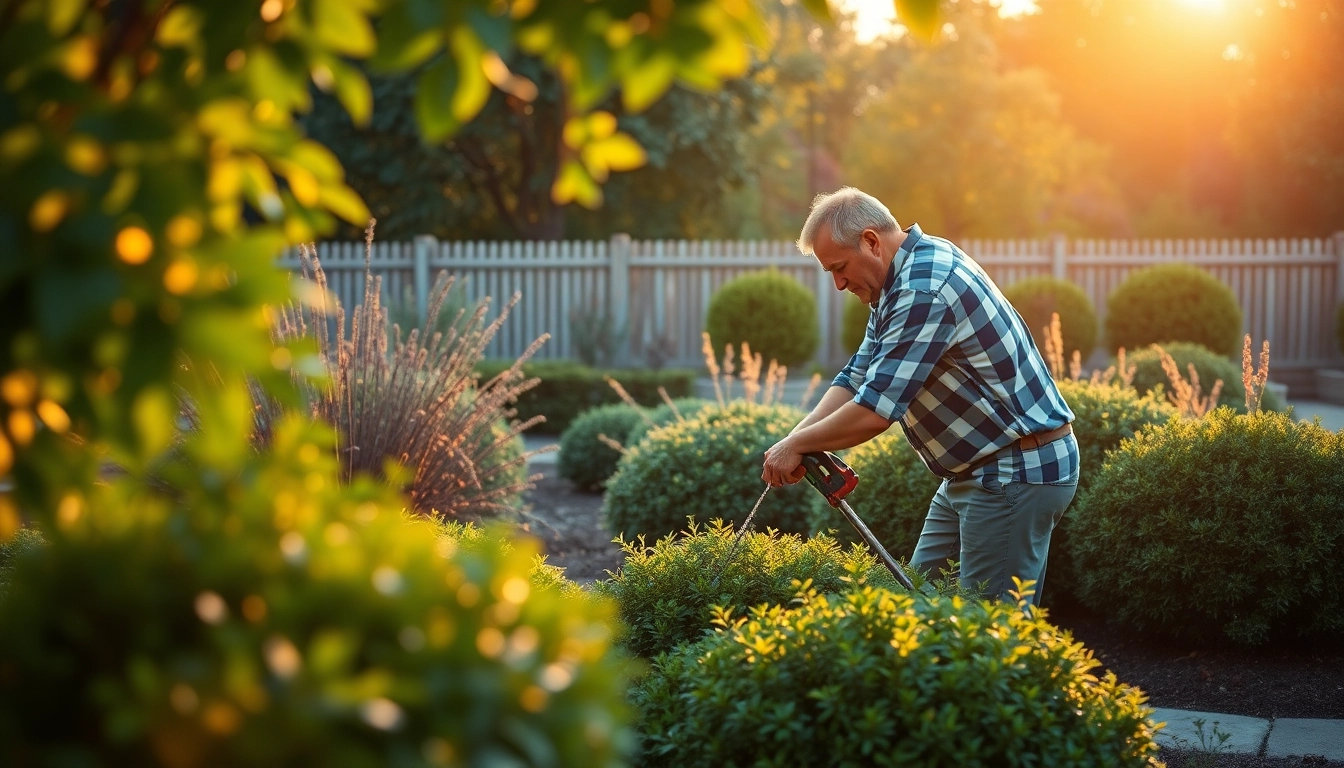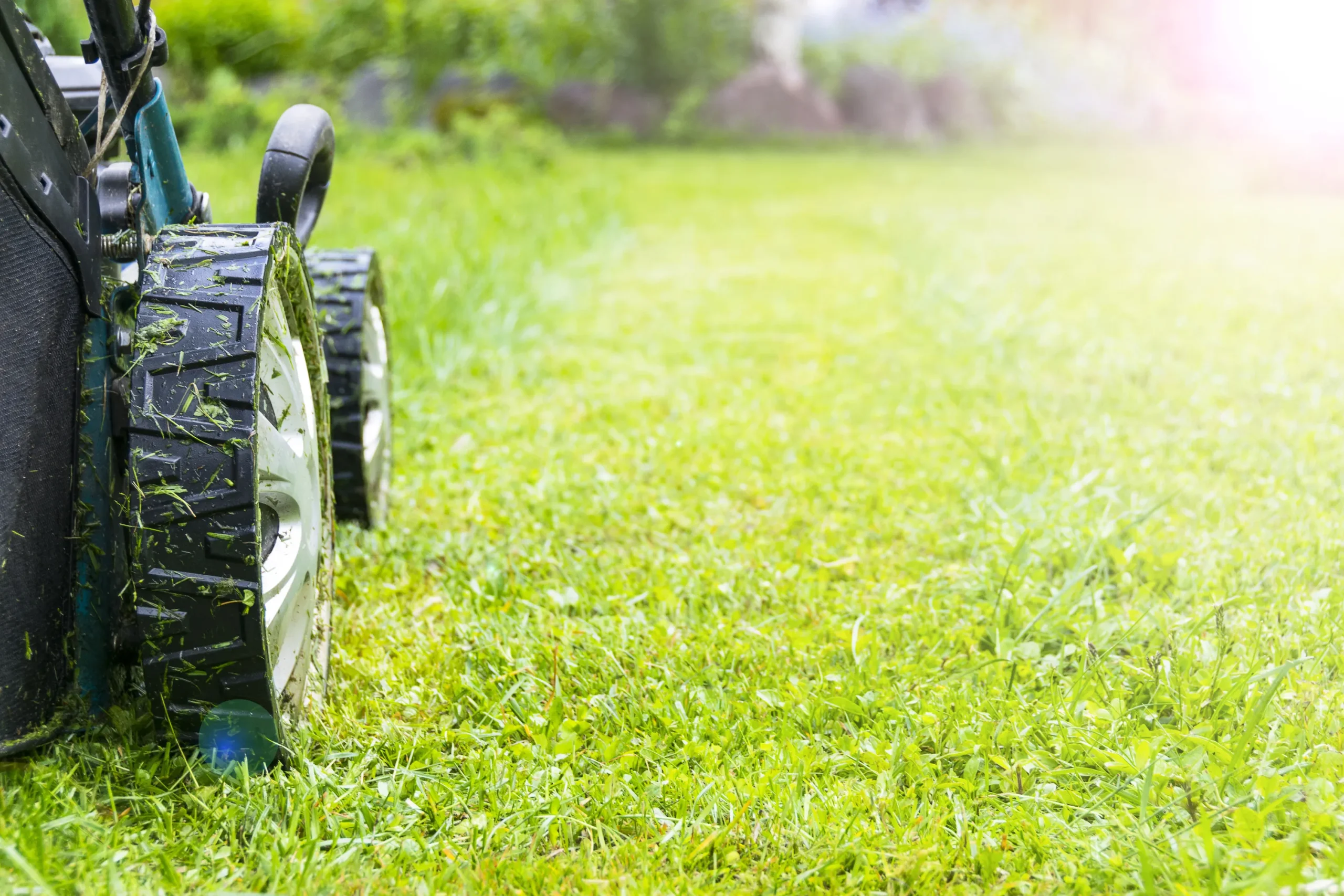Understanding the Basics of Shrub Trimming
What is Shrub Trimming?
Shrub trimming, often referred to as pruning, is the horticultural practice of cutting back shrubs and bushes to promote health, enhance appearance, and control growth. It involves selectively removing certain parts of a shrub, including stems, branches, and leaves, to improve its shape, size, and overall vitality. This practice can significantly impact the aesthetic appeal of your landscape, ensuring that shrubs remain vibrant and functional within the garden ecosystem.
Why is Shrub Trimming Important?
The importance of shrub trimming cannot be overstated. First and foremost, regular trimming helps maintain the desired shape and size of your shrubs, preventing them from becoming overgrown or unruly. Beyond aesthetics, shrub trimming has vital ecological roles: it encourages healthy new growth, removes dead or diseased branches, and can help prevent pest infestations. Furthermore, properly trimmed shrubs improve air circulation and sunlight penetration, which are crucial for robust plant health. For more insights into effective shrub trimming practices, consider exploring shrub trimming resources tailored to your gardening needs.
Tools Required for Shrub Trimming
To achieve the best results in shrub trimming, it’s essential to have the right tools. Here’s a breakdown of the necessary equipment:
- Hand Pruners: Ideal for small branches (up to ¾ inch in diameter), hand pruners are precise tools that help in making clean cuts.
- Loppers: These are larger scissors designed for cutting branches up to 2 inches thick. They have long handles that provide greater leverage.
- Hedge Trimmer: Perfect for shaping shrubs, hedge trimmers are either manual or powered (electric or gas). They are suited for larger bushes and hedges.
- Pruning Saw: This is necessary for cutting thicker branches that cannot be handled by hand pruners or loppers.
- Rakes and Tarps: Useful for collecting cuttings and debris during and after trimming.
Best Practices for Shrub Trimming
When to Trim Your Shrubs
Timing is crucial in shrub trimming, as it can affect the growth and health of your plants. Most shrubs benefit from trimming during late winter or early spring before new growth begins. However, if your shrub blooms in spring, wait until after flowering to prune, as cutting before may remove next season’s flowers. For evergreen shrubs, trimming usually occurs in late spring to maintain shape without sacrificing foliage.
Techniques for Effective Shrub Trimming
Utilizing the right techniques during shrub trimming can enhance the health and appearance of your plants:
- Start with a Clean Cut: Always use sharp tools to make clean cuts, minimizing damage to the plant.
- Use the 1/3 Rule: This guideline suggests that you should trim no more than one-third of the shrub at a time, which helps avoid shock.
- Trimming for Shape: When shaping, ensure that the base of the shrub is wider than the top to promote desirable growth patterns.
- Remove Dead or Diseased Wood: Always eliminate any dead, damaged, or diseased branches before anything else to encourage healthy growth.
Common Mistakes to Avoid
While trimming can seem straightforward, there are several common pitfalls to be aware of:
- Ignoring the Plant’s Natural Shape: Pruning against the natural growth pattern can lead to awkward shapes and unhealthy plants.
- Over-Trimming: Cutting too much at one time can shock your shrub, stunting its growth or even killing it.
- Neglecting Tool Maintenance: Failing to clean and sharpen tools can lead to rough cuts, increasing the risk of disease.
Types of Shrubs and Their Trimming Needs
Deciduous vs. Evergreen Shrubs
Understanding the type of shrub you are dealing with is essential for effective trimming:
- Deciduous Shrubs: These shrubs lose their leaves in the fall and generally require trimming in late winter or early spring when they are dormant.
- Evergreen Shrubs: These maintain their foliage year-round and may require lighter trimming in spring or summer, focusing on cleaning up dead branches and shaping.
Flowering vs. Non-Flowering Shrubs
The flowering cycle of your shrub affects the best time to trim:
- Spring-Blooming Shrubs: Trim these plants right after blooming to avoid cutting off next year’s blooms.
- Summer-Blooming Shrubs: They can be pruned during late winter or early spring as they bloom on new wood.
Special Considerations for Overgrown Shrubs
When dealing with overgrown shrubs, a more drastic approach is often necessary. Techniques include:
- Rejuvenation Pruning: This involves cutting the shrub back to its base, promoting new growth but should only be done with certain species.
- Gradual Trimming: If the shrub is extremely large, consider trimming it back incrementally over several seasons to prevent shock.
The Cost of Professional Shrub Trimming Services
Factors That Affect Shrub Trimming Costs
The cost of hiring a professional for shrub trimming varies widely based on several factors:
- Size of the Shrub: Larger shrubs or hedges will typically cost more to trim.
- Location: The cost of living in your area may also affect pricing, with urban areas often being more expensive.
- Condition of the Shrubs: Overgrown or neglected shrubs may require more time and effort, increasing labor costs.
DIY vs. Hiring a Professional
While some owners may choose to handle shrub trimming themselves, there are important considerations:
- DIY: This can be cost-effective but requires knowledge and skill to avoid damaging the shrubs.
- Hiring a Professional: Although more expensive, professionals possess the experience and tools needed to maintain a shrub’s health and aesthetic appeal.
Average Pricing for Shrub Trimming Services
The cost of professional shrub trimming sees a broad range based on the aforementioned factors. On average, homeowners might expect to pay between $110 to $440, with an average cost of about $275 per visit. Most services charge either by the hour or by individual shrub, making it important for homeowners to clarify pricing structures.
Maintaining Your Shrubs Post-Trimming
Watering and Fertilizing After Trimming
After trimming, it’s crucial to provide proper care to ensure your shrubs recover and thrive:
- Watering: New growth will require consistent watering, especially in the growing season.
- Fertilizing: Use a balanced fertilizer to provide essential nutrients and strength to the plant.
Identifying and Treating Post-Trimming Issues
Post-trimming issues can arise, including pest infestations and diseases. Be vigilant for:
- Wilting or Yellowing Leaves: This can be a sign of stress or disease. Address fertilizer and watering practices promptly.
- Pest Damage: Look for signs of pests, such as holes in leaves or webbing; applying organic insecticides may be necessary.
Seasonal Maintenance Tips for Healthy Shrubs
To keep your shrubs healthy year-round, implement seasonal maintenance strategies:
- Spring: Monitor growth and ensure proper watering and fertilization.
- Summer: Regularly check for pests and diseases, especially after trimming.
- Fall: Prepare shrubs for winter by considering mulch to protect root systems.
- Winter: Review and plan for the upcoming spring’s pruning needs.



